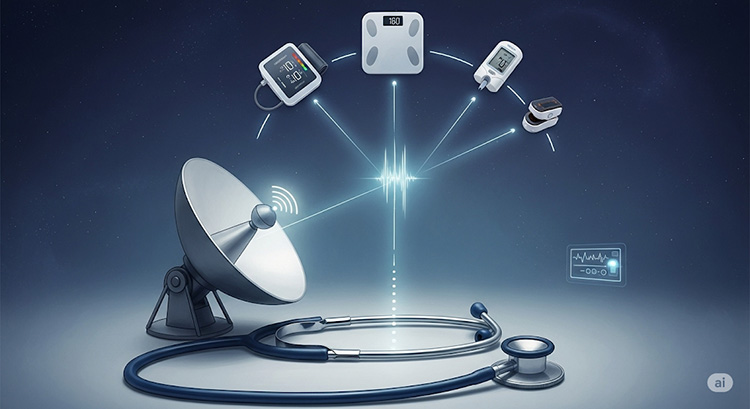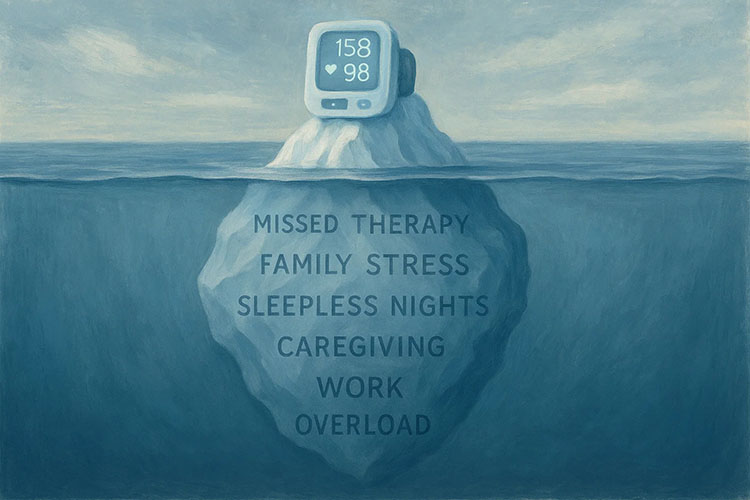
In my work with healthcare organizations across the country, I see two distinct patient profiles coming into focus. They represent the past and future of remote care, and every successful practice must now build a bridge between them. The first is the patient for whom technology is a barrier; they need a solution that is simple, reliable, and works the moment it’s taken out of the box. For them, a cellular blood pressure cuff isn't just a device; it's a lifeline to their provider.
The second is the patient who is already fluent in technology. They track their health on their own smartwatches and connected devices, and they expect their healthcare providers to be able to listen in. For them, being asked to use a separate, single-function device feels like a step backward.
Serving both of these patients simultaneously is the new, defining challenge for anyone serious about remote care.
The Role of Cellular Devices
For years, the cellular device has been the undisputed workhorse of RPM. The most successful and equitable programs we’ve seen are built on the back of this technology. Its genius is its simplicity, ensuring high compliance rates and providing a crucial link to our most vulnerable populations. Cellular devices are, and will continue to be, a foundational pillar of any effective remote care strategy.
The Rise of Consumer Wearables
But a new force is shaping the market: patient demand. The cultural shift toward personal health tracking and the proliferation of consumer wearables is undeniable. This represents a powerful opportunity for healthcare providers to meet patients where they are, leveraging the technology they already own to scale programs with greater flexibility and lower hardware costs. To ignore this is to ignore a massive opportunity for growth and patient engagement.
The Real Challenge: Data Overload
This brings us to the real challenge, one that has little to do with hardware and everything to do with data.
In observation, the operational friction of trying to manage a hybrid device ecosystem can be overwhelming. When you open the door to multiple data streams, you risk creating a cacophony of information that buries your clinical team. The clean, simple signal from the cellular device gets lost in the noisy, high-volume data from a consumer wearable. The greatest threat to a remote care program's ROI is the staff burnout that comes from chasing meaningless alerts and sifting through mountains of data for one actionable insight.
The Solution: An Intelligent Data Layer
The solution, then, isn’t about choosing a better device. It’s about implementing a more intelligent data strategy.
What is needed is a unifying layer that sits between the patient’s chosen device and the clinical team’s dashboard. A quiet, intelligent system that is device-agnostic, capable of securely ingesting data from both a simple cellular cuff and a complex smartwatch. Its primary function must be to translate and normalize this information, filtering out the noise to amplify the true clinical signal. It’s a platform whose purpose is to protect a clinical team’s focus and ensure that no matter the tool, the insight delivered is clean, actionable, and trustworthy.
The Future of Remote Care
As we design the next generation of healthcare technology, the question we must solve is not which device will win. The question is: How will we build the intelligent infrastructure needed to listen to all patients, in all the ways they are now able to speak to us? Solving that is the key to the future of remote care.





